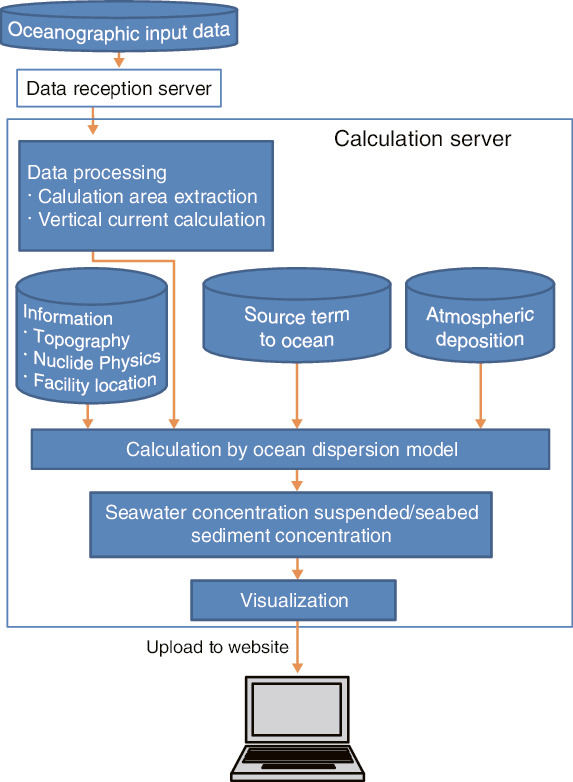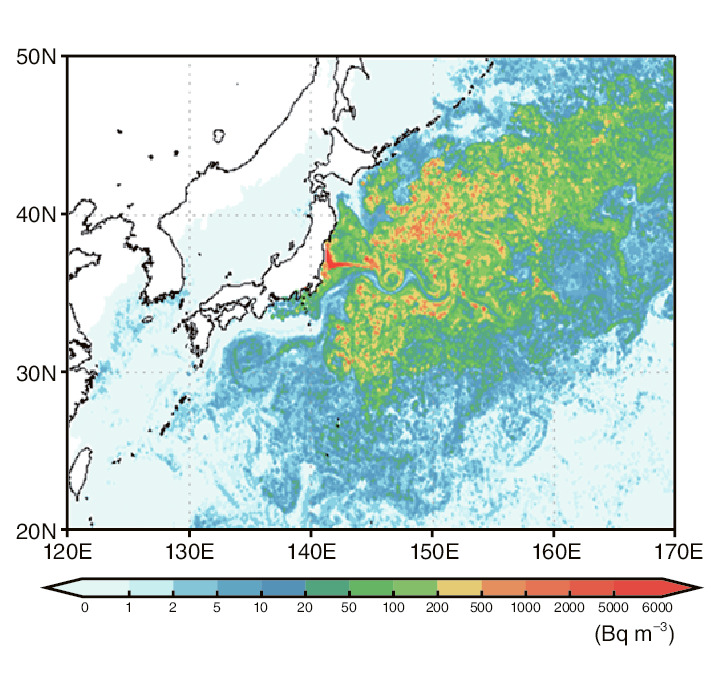
Fig.4-18 System configuration and processing flow

Fig.4-19 Exemplary calculation of radionuclide dispersion in the ocean due to the accident at the TEPCO’s Fukushima Daiichi NPS (1F)
If radioactive substances are released into the environment due to an accident at a nuclear facility, they can enter the ocean via the atmosphere or land, causing marine pollution. Ascertaining the pollution situation of the marine environment and considering emergency measures is important not only for Japan, but all across East Asia, where the number of nuclear-power plants has recently increased.
Taking this situation into consideration, we have developed the Short-Term Emergency-Assessment system of Marine-Environmental Radioactivity (STEAMER) to immediately predict the radionuclide concentration around Japan in the case of a nuclear accident (Fig.4-18). STEAMER forecasts the radionuclide concentration in the ocean and sea-bottom sediment for 30 days using an ocean-dispersion model developed by JAEA based on online forecast data for oceanic flow fields from the Japan Meteorological Agency and information concerning radionuclide-release into the ocean. It is possible to estimate the distribution of radionuclides after release from nuclear sites in East Asian countries including Japan and any sea region around Japan. Coupling STEAMER with an emergency-atmospheric-dispersion-prediction system, such as the Worldwide version of the System for Prediction of Environmental Emergency Dose Information (WSPEEDI) enables comprehensive environmental-pollution predictions both in the air and the ocean (Fig.4-19). The stability and robustness of the system has been validated by test operation since September 2014.
It is possible to use STEAMER for the design of oceanic-emergency countermeasures against nuclear accidents and detailed post-accident assessment, such as setting up an emergency-ocean-monitoring area based on the predicted pollution distribution, estimating the source term of oceanic release from a facility through reverse analysis of ocean-monitoring data, and prohibiting fishing and sailing based on detailed assessment.